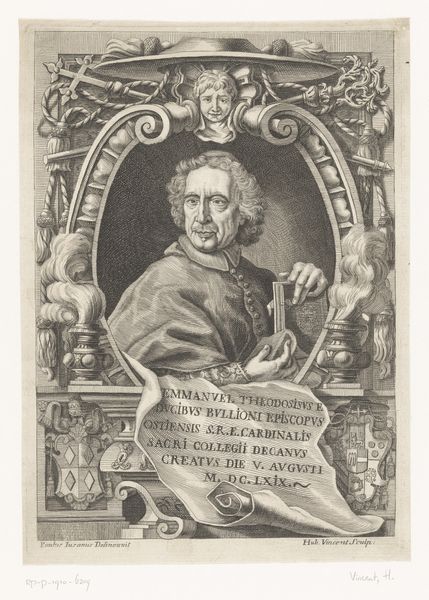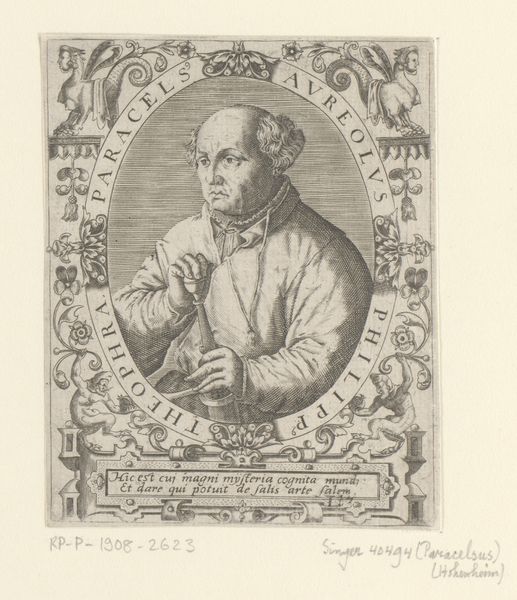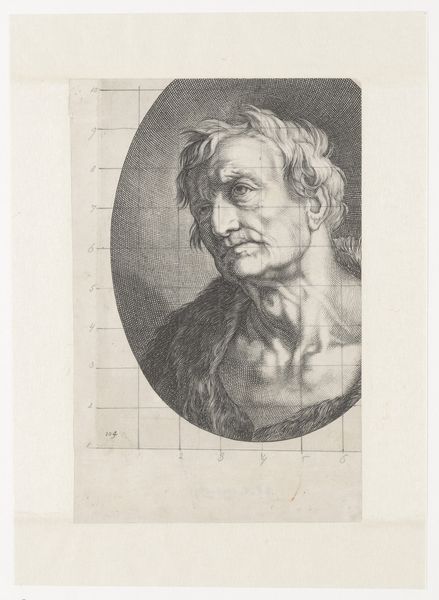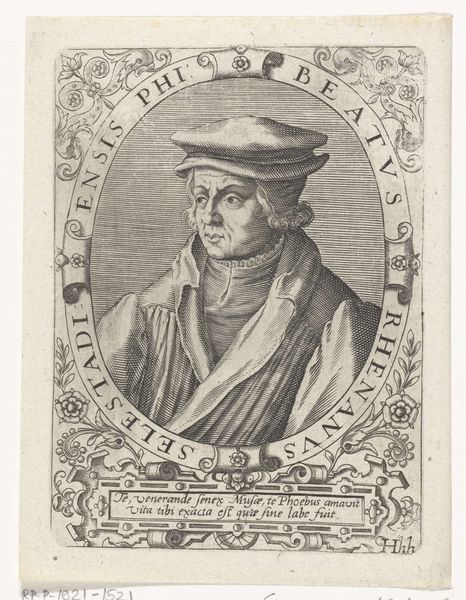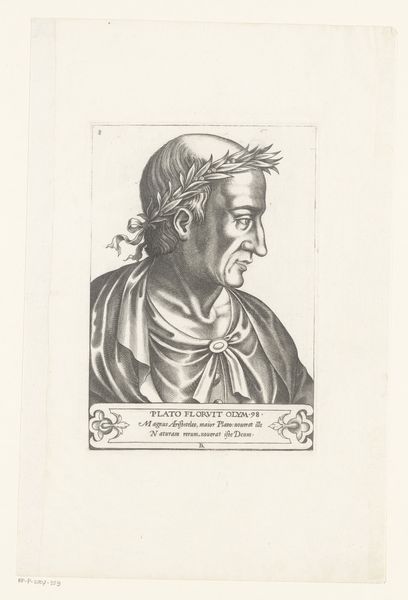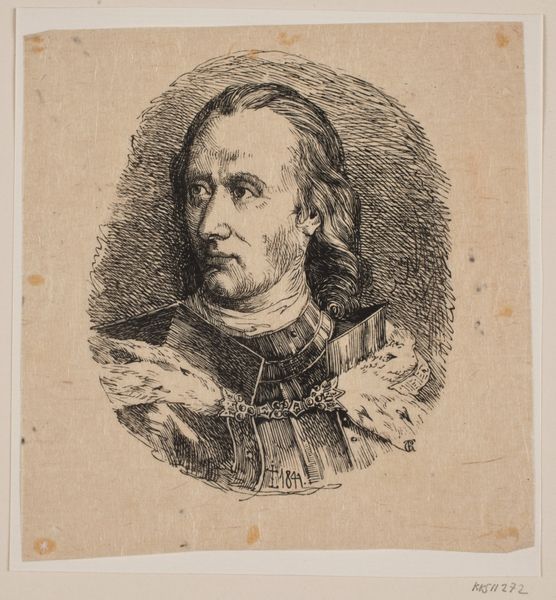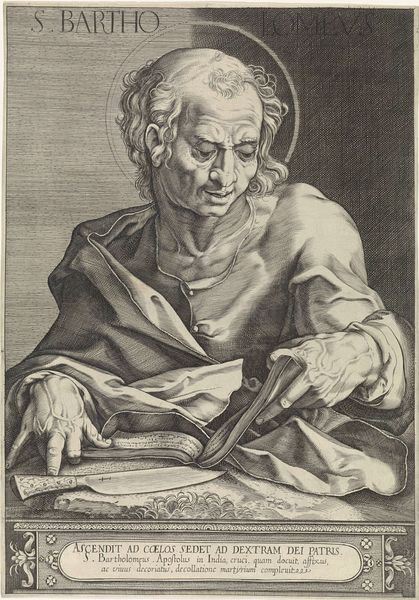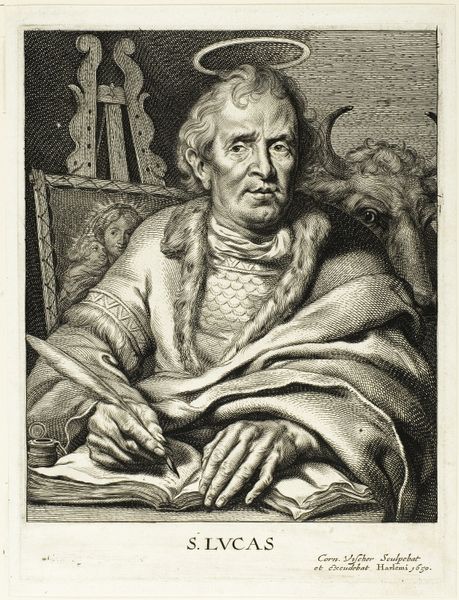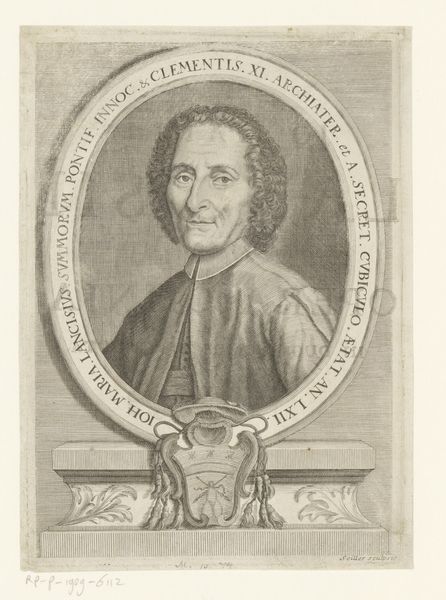
print, metal, engraving
#
portrait
#
baroque
# print
#
metal
#
figuration
#
line
#
engraving
Dimensions: height 194 mm, width 143 mm
Copyright: Rijks Museum: Open Domain
Editor: This is a print, "Portrait of Giovanni Carlo Doria," created between 1620 and 1667. It's made of metal and utilizes an engraving technique. I'm immediately struck by the sitter’s piercing gaze and that enormous ruff! What sort of impression do you get from the symbolic weight of portraiture at this time? Curator: Portraits of this era aren't simply about capturing a likeness, they convey social status. Consider the Latin inscription encircling the portrait: it’s more than just a name; it declares his lineage, titles, and relationship to Genoa. Notice, too, how the sword acts as both a marker of nobility and potentially as a phallic symbol signifying virility and power. Editor: I see what you mean about the inscription framing him as a man of power. How much would that resonate with viewers at the time? Curator: The print functions as a symbol designed for dissemination and self-promotion. What does this composition communicate beyond surface details? Think about Doria’s controlled yet somehow melancholic gaze; that communicates more about interiority despite being a display of power. Editor: It's fascinating how the formal constraints of the portrait can actually highlight individual psychology. So, this is both a formal announcement and an emotional one. Thanks. Curator: Exactly. And remember to consider the enduring power of the symbol; the ability to communicate these complex, layered meanings across time. I hadn’t fully appreciated that intersection before, either!
Comments
No comments
Be the first to comment and join the conversation on the ultimate creative platform.
